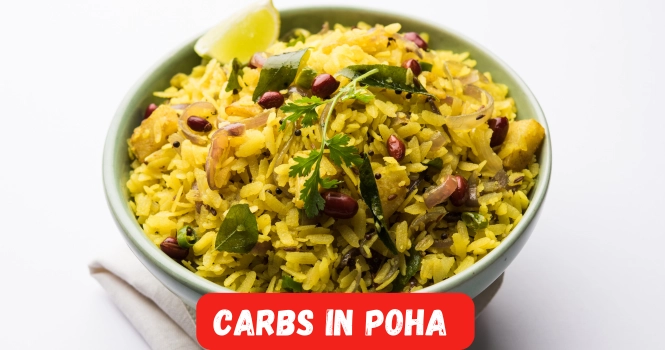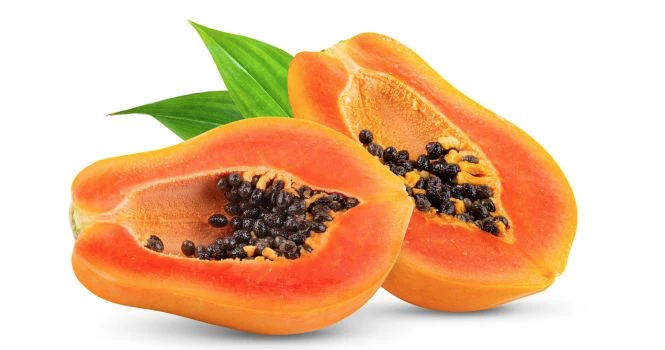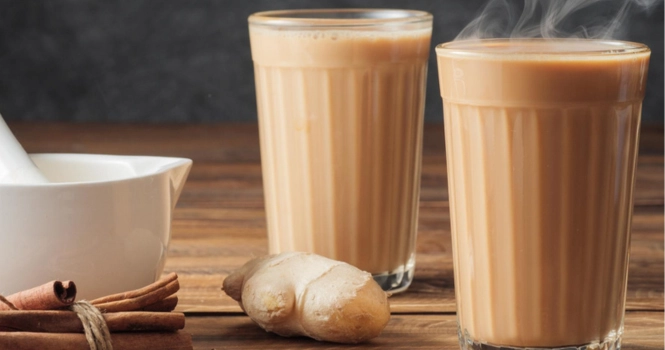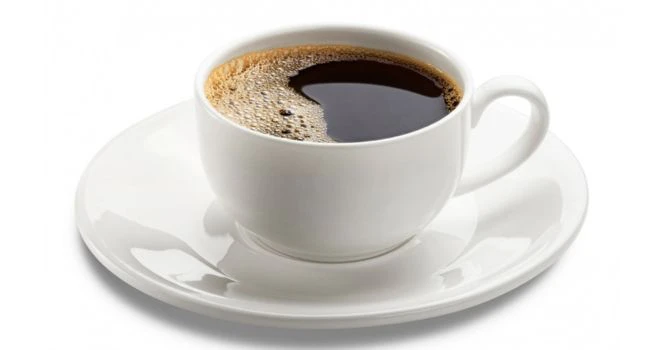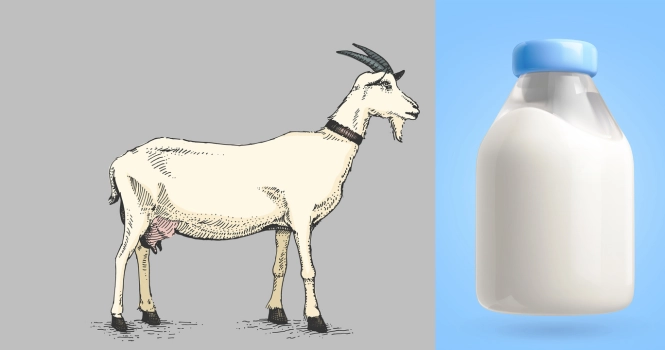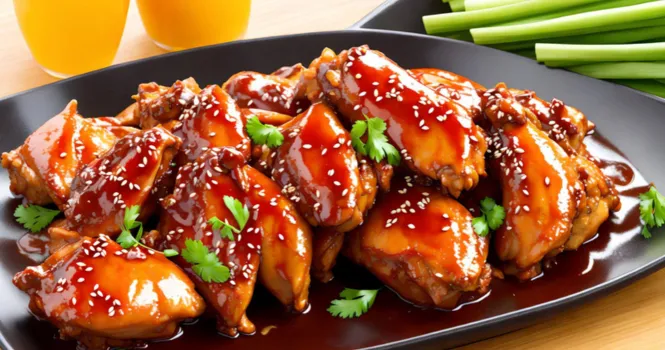Ragi Idli Calories: A Healthy Twist to Traditional Breakfast
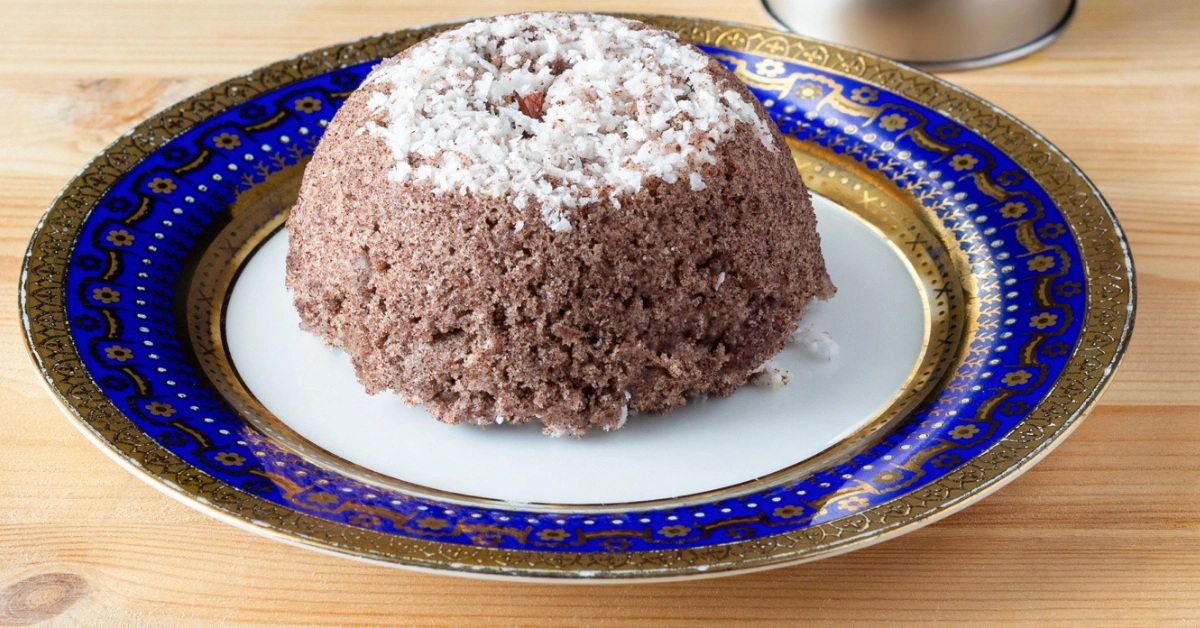
Embarking on a journey towards healthier eating often leads us to explore traditional foods with a nutritious twist.
Ragi idli, a delightful variant of the classic South Indian idli, is one such discovery that combines the goodness of ragi (finger millet) with the light, steamed preparation of idlis.
When it comes to “ragi idli,” this nutritious option stands out for those counting calories and seeking wholesome alternatives to their regular diet. Ragi idlis offer a perfect blend of rich nutrients and low-calorie count, making them an ideal choice for breakfast or a light meal.
Ragi Idli: A Light and Nutritious Delight
In the realm of health-conscious eating, ragi idli emerges as a champion breakfast option, combining the traditional charm of South Indian cuisine with the nutritional powerhouse of ragi (finger millet).
Known for its rich fiber content and low glycemic index, ragi transforms the humble idli into a wholesome meal, making “ragi idli ” a popular search among those looking to maintain a balanced diet without compromising on taste.
Nutritional Profile
A single ragi idli contains approximately 35-40 calories, making it a light yet satisfying choice for any meal of the day.
The inclusion of ragi flour not only reduces the calorie count compared to traditional rice idlis but also increases the dietary fiber and essential minerals such as calcium, iron, and magnesium. This nutrient-dense profile supports weight management, improves digestion, and strengthens bone health.
Health Benefits
Ragi idlis are an excellent option for individuals with dietary restrictions such as gluten intolerance, as ragi is naturally gluten-free. The high fiber content aids in digestion and ensures a slow release of sugar into the bloodstream, making it suitable for diabetics.
Moreover, the presence of amino acids and antioxidants in ragi supports muscle repair, boosts metabolism, and combats oxidative stress.
Versatility in Diet
Ragi idli’s versatility allows it to fit seamlessly into various dietary plans. Paired with sambar or chutney, it provides a balanced meal with proteins, vitamins, and minerals.
For those looking to enhance their fiber intake, ragi idli can be a staple in the diet, contributing to overall well-being and satiety throughout the day.
Frequently Asked Questions
How Many Calories Are There in 4 Ragi Idli?
In four ragi idlis, there are approximately 140-160 calories. Each ragi idli contains about 35-40 calories, making them a low-calorie option for meals, particularly for those monitoring their caloric intake.
Is Ragi Idli Good for Health?
Yes, ragi idli is excellent for health. Ragi, also known as finger millet, is rich in dietary fiber, protein, and essential minerals like calcium, iron, and magnesium. These nutrients contribute to various health benefits, including:
- Weight Management: The high fiber content in ragi aids in keeping you fuller for longer periods, helping in weight management.
- Blood Sugar Regulation: Ragi has a low glycemic index, which helps in controlling blood sugar levels, making it suitable for diabetics.
- Bone Health: Being a good source of calcium, ragi supports bone development and maintenance, making it beneficial for all age groups, especially women prone to osteoporosis.
- Digestive Health: The dietary fiber in ragi aids in digestion and prevents constipation.
- Heart Health: Ragi’s high fiber and polyphenol content contribute to a healthy heart by reducing bad cholesterol levels.
Overall, incorporating ragi idli into your diet can offer numerous health benefits, making it a wholesome choice for a nutritious meal.
How Many Calories Are There in 2 Ragi Dosa?
Two ragi dosas contain approximately 180-220 calories. The exact calorie count can vary based on the recipe, thickness of the dosas, and any additional ingredients used.
Ragi flour itself is low in calories, but the total caloric content also accounts for any oil used in cooking and fillings or toppings that might be added.
How Many Calories Are There in Ragi?
Ragi, also known as finger millet, contains about 325-350 calories per 100 grams in its raw form.
It’s important to note that the caloric value can change when ragi is cooked or combined with other ingredients in dishes like ragi dosa, ragi idli, or ragi roti. Ragi is valued for its high dietary fiber, protein content, and essential minerals, making it a nutritious choice for inclusion in various diets.



